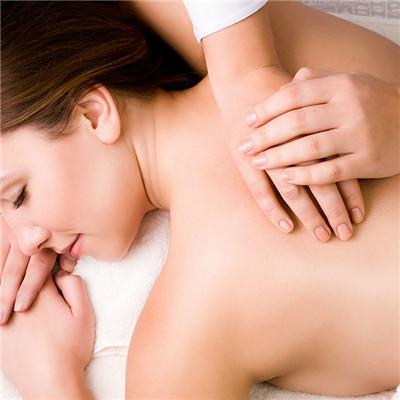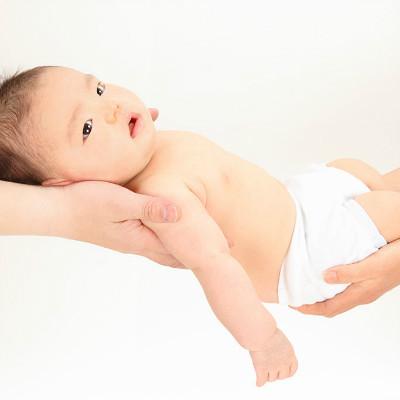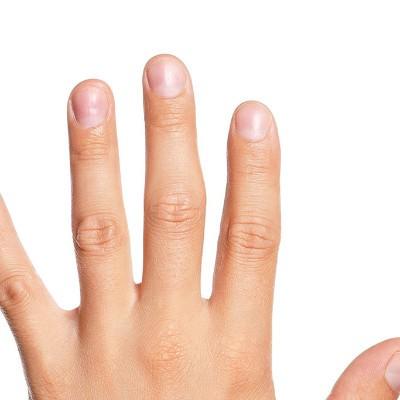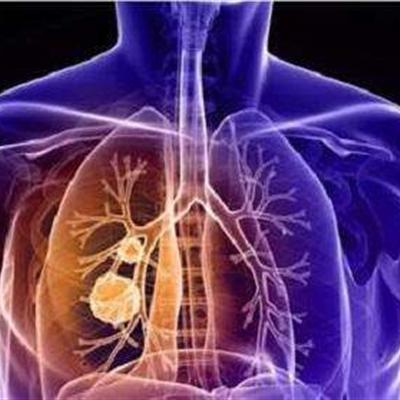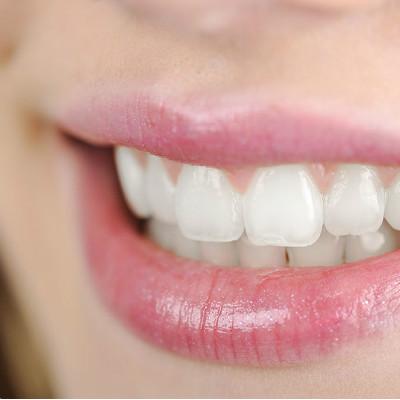Why does lumbar intervertebral disc protrude and slip
summary
There are many diseases of lumbar intervertebral disc, the most common are protrusion and spondylolisthesis, which have a great impact on the health of patients. Let's take a look at why lumbar disc herniation and slippage.
Why does lumbar intervertebral disc protrude and slip
First of all: degenerative changes of lumbar intervertebral disc is the basic factor, the degeneration of nucleus pulposus is mainly manifested as the decrease of water content, and can cause a small range of pathological changes such as vertebral segment instability and loosening due to water loss; the degeneration of annulus fibrosus is mainly manifested as the decrease of tenacity. On the basis of intervertebral disc degeneration, some factors that can induce the sudden increase of intervertebral pressure can cause nucleus pulposus protrusion. The common inducing factors are increased abdominal pressure, waist posture, sudden weight-bearing, pregnancy, cold and damp, etc.

Secondly: lumbar disc slippage long-term repeated excessive lumbar movement and overload. Such as long-term sitting position, long-term standing or holding heavy objects and lifting objects from bending position to upright position can make the lumbar muscle in a high tension state for a long time, and long-term, it will lead to lumbar disc slippage and vertebral slippage.

Finally: there are reports of familial onset of lumbar disc herniation, which can be related to heredity. Low temperature or too much humidity can promote or aggravate the degree of lumbar disc spondylolisthesis and vertebral spondylolisthesis.

matters needing attention
This is very important for people who have been working at the desk for a long time, because the waist of the workers who have been working at the desk for a long time has to bear more pressure, so they need to pay attention to the height of tables and chairs. They should not sit still for a long time, and it is very important to change their sitting posture in time.


